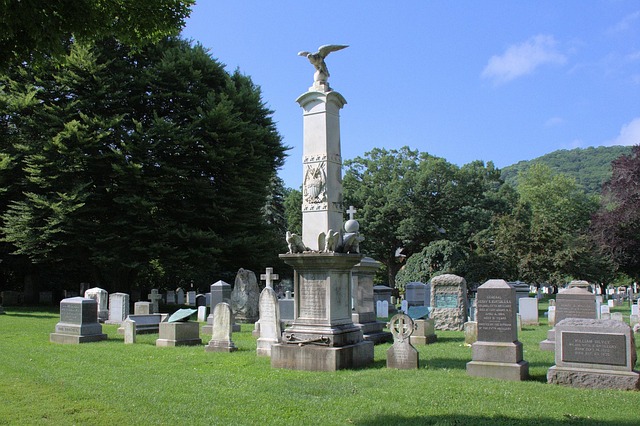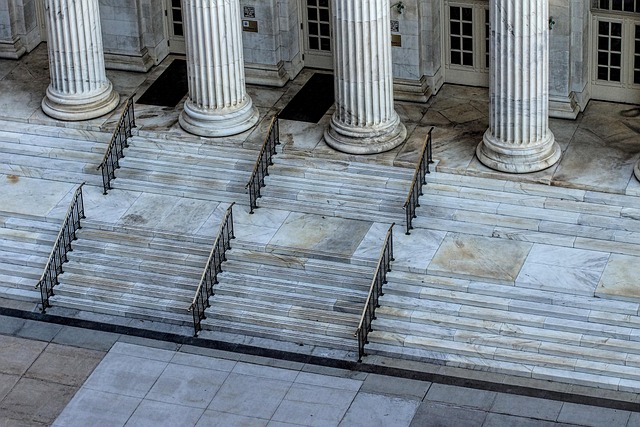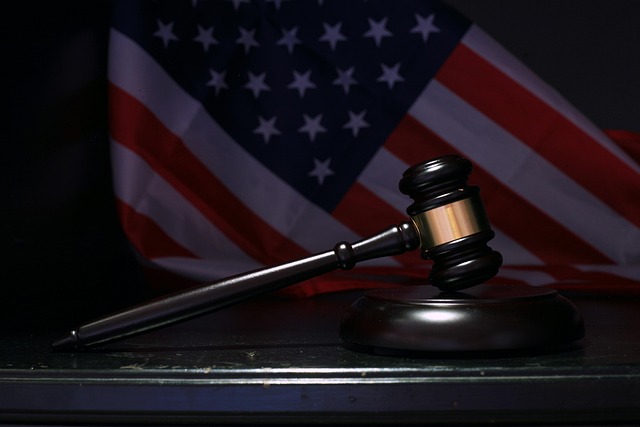The Shelterwood Academy lawsuit raises concerns over abuse, neglect, and contract violations, prompting discussions on student well-being, institutional accountability, and regulatory frameworks. Success hinges on robust evidence of harm among a significant student population and shared legal arguments. Outcomes could lead to substantial policy changes in educational institutions, focusing on enhanced safety, consent, and parent communication, with urgent need for proactive risk management strategies due to potential financial implications.
Discover the intriguing case of Shelterwood Academy, a school facing significant legal challenges through class-action lawsuits. This article delves into the intricate details behind these suits, exploring key factors that contribute to their complexity. From understanding the academy’s legal battles to analyzing potential outcomes, we uncover insights that shed light on the impact such cases can have on educational institutions worldwide. Join us as we navigate this compelling story, specifically focusing on the Shelterwood Academy lawsuit.
- Understanding Shelterwood Academy's Legal Battles
- Key Factors in Class-Action Lawsuits Against Schools
- Potential Outcomes and Impact on Educational Institutions
Understanding Shelterwood Academy's Legal Battles

Shelterwood Academy, a private educational institution with a rich history, has found itself at the center of several class-action lawsuits in recent years. These legal battles shed light on various allegations, ranging from alleged abuse and neglect to contract disputes. Parents, alumni, and supporters have come forward to voice concerns, claiming that the academy failed to uphold its standards of care and education. The Shelterwood Academy lawsuit has garnered significant attention due to its potential implications for other private schools and the well-being of students.
The complex nature of these lawsuits involves navigating through intricate legal procedures and understanding the unique challenges faced by each party. Plaintiffs aim to seek justice and compensation, while the academy defends itself against these accusations. As these cases progress, they raise important questions about institutional accountability, student rights, and the overall regulatory framework surrounding private educational institutions.
Key Factors in Class-Action Lawsuits Against Schools

When considering a class-action lawsuit against Shelterwood Academy, several key factors come into play. These include the nature and severity of the alleged wrongdoings, the number of potential plaintiffs, and the legal standing of each individual to join the suit. The strength of evidence supporting the claims is paramount; demonstrating harm, loss, or injury sustained by a significant number of students can be a powerful catalyst for such lawsuits.
Another crucial aspect is the establishment of a common set of facts and legal arguments that unite the plaintiffs. In the context of Shelterwood Academy lawsuit(s), this might involve issues like negligence in student safety, breaches of contract, or violations of civil rights. Legal experts emphasize the importance of clear and compelling narratives that resonate with potential participants, fostering unity and solidarity among those affected by similar experiences.
Potential Outcomes and Impact on Educational Institutions

The outcome of a class-action lawsuit against Shelterwood Academy can have significant implications for educational institutions across the board. If found liable, the academy may be required to implement sweeping changes to its policies and practices, ensuring better student safety, consent, and privacy. This could involve updating existing protocols on student records management, enhancing counseling services, and establishing more transparent communication channels with parents. Such reforms aim to create a safer learning environment and protect students’ rights.
Moreover, the financial burden of settlements or damages awarded in Shelterwood Academy lawsuits could strain the resources of smaller institutions. Educational facilities may need to reassess their risk management strategies and insurance coverage to mitigate future legal risks. This potential impact underlines the importance of proactive measures to prevent similar cases, ensuring the well-being and legal protection of students across all educational settings.
The ongoing class-action lawsuits against Shelterwood Academy highlight critical issues within educational institutions. By understanding the key factors that drive these legal battles, such as allegations of misconduct, procedural failures, and inadequate safety protocols, we can better equip schools to prevent similar situations. The potential outcomes of these lawsuits have significant implications, urging educational institutions to enhance transparency, improve accountability measures, and prioritize student well-being. Moving forward, addressing these concerns is essential to foster a safer and more trustworthy learning environment for all students, while also ensuring Shelterwood Academy and other institutions learn from these challenges.
